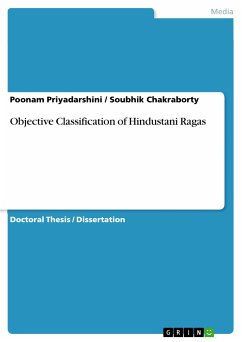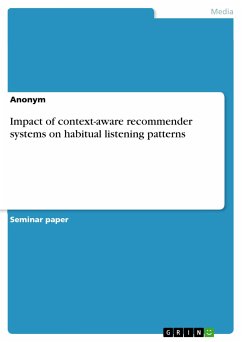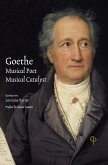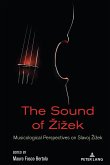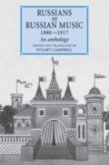Doctoral Thesis / Dissertation from the year 2019 in the subject Musicology - Miscellaneous, grade: NA, , language: English, abstract: The aim of the research work presented in this book, is to find important features of the music signal so that we can classify the raga into different category. It will encourage the scientific research in Indian Classical music, specifically Hindustani music. The main objectives of the study include: . Extraction of features of a music signal which are relevant for classification of the music signal using different techniques. . To determine whether the artists singing the raga during a concert belongs to same gharana or different gharanas by finding the MFCC (Mel frequency cepstral co-efficients ) features of a music signal. Andrew plot is used to study the results. . Comparison between two types of ragas, one being aesthetically known to be restful raga and the other restless in nature is done by finding statistical features. Distinction between the two types of raga is done by finding the mean, standard deviation and Inter onset interval. The Transitory and non-transitory frequency movements between the notes of both ragas is determined. . Statistical Modeling of ragas is done to distinguish between Restful ragas and Restless Ragas. Simple Exponential smoothing techniques is used for Modeling the Restless Ragas Pilu and Bhairavi and Double exponential Smoothing techniques is used for Modeling the Restful Raga Todi . . The work is focused on music emotion representation. The characteristics features of music signal such as rhythm, melody, pitch and timbre are studied. Among these which parameter(s) play a major role in creating happy or sad emotion in the song or music samples are studied.
Dieser Download kann aus rechtlichen Gründen nur mit Rechnungsadresse in A, B, BG, CY, CZ, D, DK, EW, E, FIN, F, GR, HR, H, IRL, I, LT, L, LR, M, NL, PL, P, R, S, SLO, SK ausgeliefert werden.

